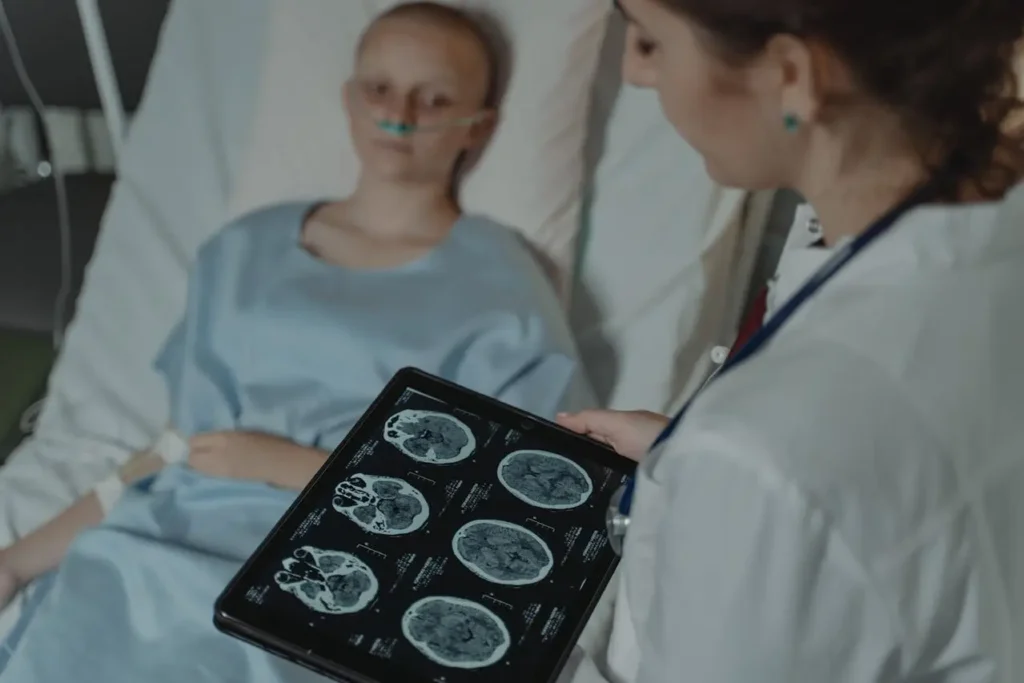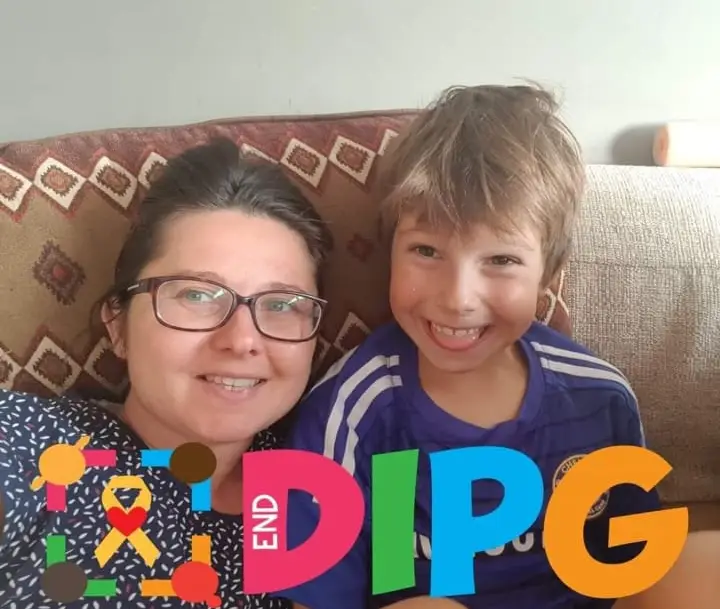The world has witnessed the first-ever cure of a fatal brain cancer in a thirteen-year-old Belgian child which increases brain stem glioma survival rates.
Lucas Jemeljanova was six years old when he received the diagnosis of diffuse intrinsic pontine glioma (DIPG), an extremely rare and aggressive brain tumor. Brain stem glioma survival rates are pretty low, as it kills 98% of its victims within five years of diagnosis.
The tumor particularly affects pons, located at the base of the brain and the top of the spine, that is involved in many vital body processes like breathing, blood pressure regulation, and sleep.
The tumor gradually impairs respiration, heart rate, swallowing, vision, and balance, however it is not yet known what produces these tumors.
Problems with eye movement, facial weakness, trouble walking, unusual limb movements, and balance issues are some of the initial signs of the tumor.
SIMILAR: Read about a miracle baby who overcame spina bifida.

Lucas became unwell during the summer holidays and was diagnosed with the deadly brain cancer, as he would pass out, had trouble urinating, was unable to walk straight, and would frequently get nosebleeds.
In a clinical trial, he was randomly selected to receive everolimus, a type of chemotherapeutic medicine that is used to treat brain, kidney, pancreatic, and breast cancer but has not been successfully used to treat DIPG.
Lucas reacted favorably to the medication, and the tumor eventually disappeared. After seven years, Lucas is now cancer-free and has enjoyed a five-year formal remission.
As per statistics from Dana-Farber Cancer Institute, approximately 300 kids receive a DIPG diagnosis each year.
Nine months is the median brain stem glioma survival rate after diagnosis. DIPG is most commonly detected in children aged five to nine years old.
According to Lucas’s doctor, Jacques Grill, his unusual case “offers real hope”as he “beat all the odds.”
He was taken to France by his parents, Cedric and Olesja, to be among the first participants in the BIOMEDE experiment, which tested possible novel treatments for DIPG.
Everolimus functions by stopping mTOR, a protein that aids in the growth, division, and production of new blood vessels by cancer cells.
By stopping the cancer cells from proliferating and by reducing the blood supply to the tumor cells, the drug prohibits and slows down the progression of the cancer.
The Food and Drug Administration (FDA) has authorized the medication for use as a prescription medication to treat various malignancies.
Doctors were hesitant to change Lucas’s medication regimen because they feared negative side effects. Doctors had no idea how long to continue the treatment because there was no reference point anywhere in the world.
Doctors were astonished to see Lucas’s tumor gradually disappear, over a series of MRI scans, according to the Daily Mail.
Dr Grill admits he’s unsure how the little boy recovered so well. Seven other trial participants have been deemed “long responders” and they did not experience relapses for three years following their diagnosis; but only Lucas’s tumor completely vanished.

Researchers are working to replicate the genetic variation observed in Lucas’s cells, which is believed to be a specific type of cancer.
They are growing artificially generated organoids from patients’ tumors to study the genetic anomalies present in these cancers.
The team plans to duplicate Lucas’s genetic variations in organoids to determine if cancers can be eliminated similarly to how Lucas’ was.
The next step is to find a medication that affects tumor cells in the same way as these cellular alterations. However, the process is long and takes an average of 10-15 years from the first lead to become a drug.

